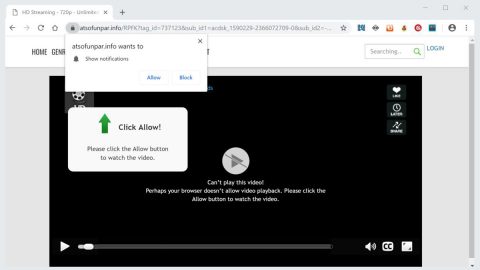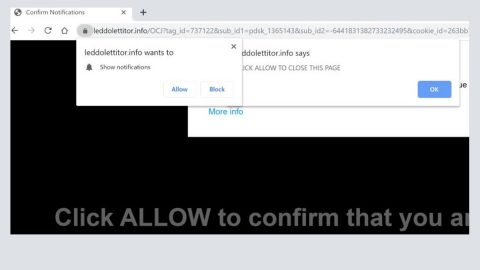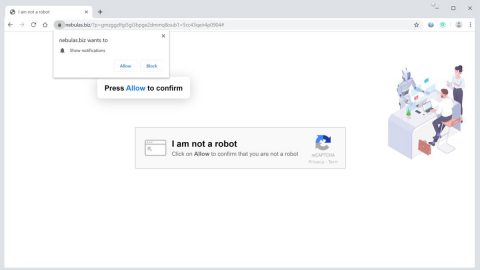
Windows 10 has a built-in mechanism that checks the hard drive for any errors and it will generate reports if anything is not working like it’s supposed to. So if there is an issue in the hard drive, you will see the following message pop up on your screen:
“Windows detected a hard disk problem. Back up your files immediately to prevent information loss, and then contact computer manufacturer to determine if you need to repair or replace the disk.”
If the error message stated above appears on your screen, you need to back up your files first and then follow the instructions provided in this post to fix this issue. You must not disable this handy warning as it helps you know if there’s anything wrong with your hard disk.
The problem could also stem down with the connections or the hardware but before you send it over to a repair technician, you must follow the troubleshooting steps below to isolate the problem and try to fix it.
Option #1 – Try running the Disk Error Checking utility
Refer to the following steps to run the Disk Error Checking utility:
- Close all the opened applications.
- Tap the Win + E keys to open the File Explorer where you’ll see the list of drives.
- You’ll have to scan each one of the drives that are on the list. And in this example, drive D: is being scanned. Right click on the D: drive and then select Properties.
- Click on Check which is located in the Error Checking column under the Tools tab. Then click on Scan Drive.

Note: By clicking Scan Drive, Windows will scan the selected drive for system errors and then try to automatically fix them. And if some of the files on the partition are being used, the scan will be done on restart.
- Restart your PC after the process is done and check if it is able to fix the problem or not. If not, refer to other options below.
Option #2 – Try using the Storage Diagnostic Tool
To collect and analyze any storage-related data which could help you troubleshoot issues with the hard disk and storage, you can utilize the Storage Diagnostic Tool in Windows 10.
- Open an elevated Command Prompt.
- Then type in this command and tap Enter – exe /?
- After that, you will see the following arguments:
- -collectEtw: Collect a 30-second long ETW trace if run from an elevated session
- -checkFSConsistency: Checks for the consistency of the NTFS file system
- -out <PATH>: Specify the output path. If not specified, logs are saved to %TEMP%\StorDiag
- Among the arguments given, you have to use this syntax – StorDiag [-collectEtw] [-out <PATH>]
- You have to run the following command if you want to collect an Even Tracing for Windows or ETW trace and check your file system consistency as well as generate diagnostics logs and save them to your Desktop:
stordiag.exe -collectEtw -checkFSConsistency -out %userprofile%\desktop
- You will see the tool carrying out several tasks once you start it which includes running other tools such as ChkDsk, FSUtil, etc. So as you can see, it runs a couple of tests automatically at the same time instead of individually running them – this would definitely save your time.
- Once it is done with the task, you will see these output log files in a folder which will be placed on your desktop – C:\Users\ACK\Desktop\StorDiag
And that’s about it. You have the option to select any location you want to save the file to.
Option #3 – Try using WMIC to check the Hard Disk Health
WMIC also was known as Windows Management Instrumentation Command-line, is a command-line and scripting interface that simplifies the use of WMI or Windows Management Instrumentation as well as systems that are managed through WMI. To use it, refer to these steps:
- Open Command Prompt.
- Type in wmic and tap Enter.
- After that, type in disk drive get status and tap Enter.

Note: if the status of your hard disk is fine, you will “OK” as its status just like in the screenshot above, and if Windows is having a hard time retrieving the SMART information, it could only mean that there are some issues on your hard disk.
If none of the aforementioned options above worked out for you, there is also a one-click solution you could check out to fix the “Windows detected a hard disk problem” error. This program is a useful tool that could repair corrupted registries or drivers and optimize your PC’s overall performance. Aside from that, it also cleans out your computer for any junk or corrupted files that help you eliminate any unwanted files from your system. This is basically a solution that’s within your grasp with just a click. It’s easy to use as it is user-friendly. For complete set of instructions in downloading and using it, refer to the steps below.
Perform a full system scan using PC Cleaner Pro. To do so, follow the instructions below.
- Turn on your computer. If it’s already on, you have to reboot
- After that, the BIOS screen will be displayed, but if Windows pops up instead, reboot your computer and try again. Once you’re on the BIOS screen, repeat pressing F8, by doing so the Advanced Option shows up.
- To navigate the Advanced Option use the arrow keys and select Safe Mode with Networking then hit
- Windows will now load the SafeMode with Networking.
- Press and hold both R key and Windows key.
- If done correctly, the Windows Run Box will show up.
- Type in explorer http://www.fixmypcfree.com/install/pccleanerpro
A single space must be in between explorer and http. Click OK.
- A dialog box will be displayed by Internet Explorer. Click Run to begin downloading PC Cleaner Pro. The installation will start automatically once a download is done.
- Click OK to launch PC Cleaner Pro.
- Run the program and click the Click to Start Scan button to perform a full system scan.
- After all the infections are identified, click the FIX ALL















